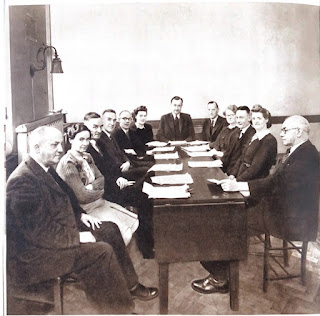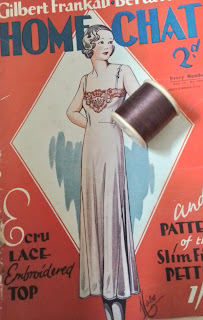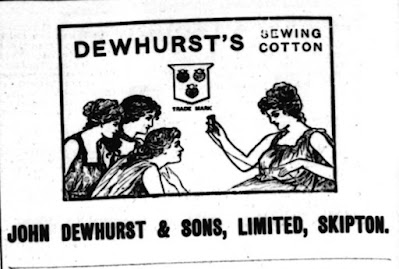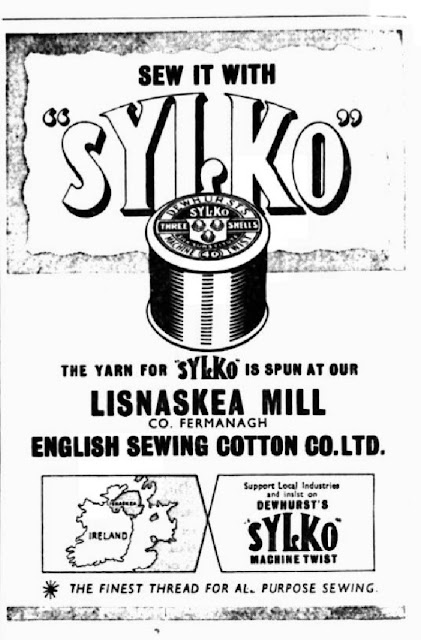Dewhursts moved their cotton business into Skipton in the 1820s, but the first mill wasn't to last long before succumbing to fire. Here's extracts from the report in the Albion and The Star newspaper, 8th January 1831 (read in the British Newspaper Archive): Another mill destroyed - On Sunday morning last, the newly erected worsted and cotton mill at Skipton belonging to Mr John Dewhurst was discovered to be on fire. Prompt assistance was rendered by a multitude of persons...had there been even one fire engine in the town...but there was none. Messengers were despatched to Keighley and Leeds, and though the Keighley engines were on the spot in 44 minutes...they arrived too late for nearly the whole of the valuable machinery and stock was destroyed...and the fine building a blackened ruin. The damage is estimated at 14,000 or 15,000, only about 8,000 of which is insured. How the fire originated no-one can precisely say, but we add, with pain, that there is too much reason to






